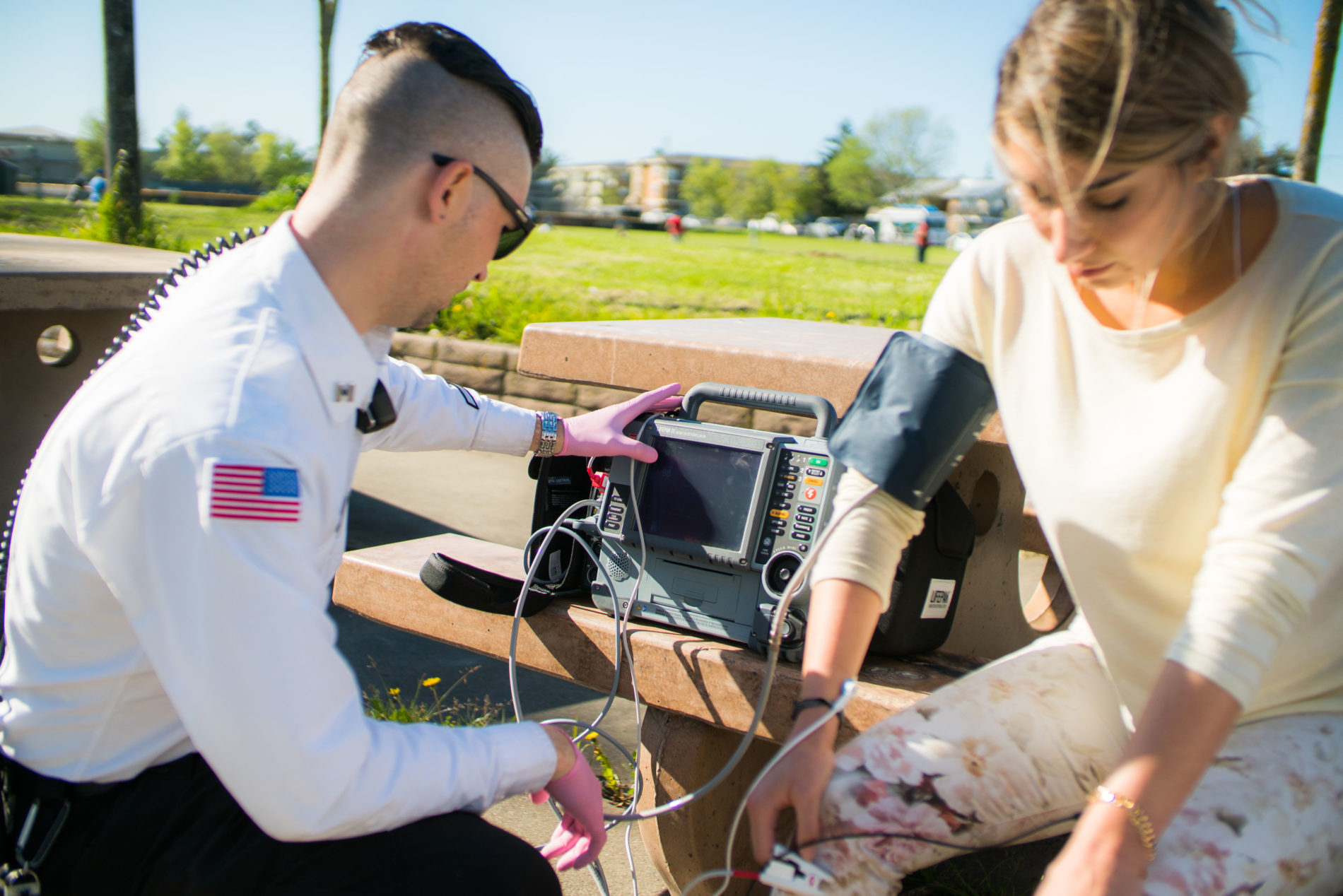May 10, 2019
May 20th, 2019 will mark the end of a 45 day public comment period on proposed changes to California’s paramedic regulations. Some of the proposed changes will have a dramatic impact on paramedicine and our current prehospital systems. Here is what you need to know.
Regulations vs Code
In California, there are two forms that state policy take– codes and regulations. Code (also called statute and law, interchangeably) is created by the state legislature and signed by the Governor. Certain things are written explicitly in our state code, such as oversight authority or paramedic education hour requirements.
Other aspects of our system are not defined in code. These clarifications are left to oversight bodies to define in regulations. Regulations are a layer of rulemaking on top of code to further clarify the system. That is, they can further extend or explain rules set in code, but they cannot contradict the code they are built on.
Who sets our regulations?
In California, our state code grants regulatory oversight rights to the EMS Authority. The Authority, led by Dr. Howard Backer, works with local stakeholders to create statewide structure bringing standardization and strength to licensure, system operation, and more. Currently, the Authority is seeking public comment on changes being proposed to the 44 pages of ‘paramedic regulations.’
What are some changes that affect paramedics?
Alternate Destinations:
The EMS Authority, after significant review, is now proposing that alternative destination strategies are within its regulatory power. This means that the EMS Authority is clarifying that local EMS operations are legally allowed to transport patients to places other than emergency departments, such as sobering centers or behavioral health facilities.
This is an important and dramatic change in EMS systems across the state. It was previously thought that this required legislative process to amend state code.
Paramedic Internship; ALS Contacts:
Historically, paramedic interns have been required to make a minimum of 40 ALS patient contacts to successfully complete their field internship. The Authority is now proposing that 10 of these contacts can be substituted with high-fidelity testing. This testing format utilizes advanced manikins and computer systems to put interns through complex care scenarios.
The EMS Authority is not reducing the amount of hours the paramedic will have during their internship. Therefore, some argue that interns will still garner the same amount of experience. This camp says that high-fidelity testing is a good supplement to current practices. Critics say paramedic programs will use the change to shorten education cycles, when paramedic interns with low, real-world patient contacts should actually be extended.
Critical Care and Flight Nomenclature and Oversight:
Given the recent statewide scope or practice for critical care and flight paramedics, the Authority is seeking to clean up nomenclature surrounding this group of providers. The term flight paramedic (FP) is now added to many areas to clarify scope and training for this group of providers.
Additionally, the ability of these providers to perform advanced practice skills such as ventilator management, thoracic drainage systems, and blood products is now simplified to be at the discretion of the local medical director.
Increased Costs:
One change that will affect all providers is the rising cost of licensure. The vast majority of the EMS Authority’s budget originates in licensure fees collected every two years from every paramedic.
The proposed changes will raise the cost of initial licensure to $250 this year and ultimately $300 by 2022. Renewal costs will start at $200 and rise to $250 through the same time period.
What can I do to express my opinion?
There are a couple ways that field providers can make their voice heard. The first is by attending the regulatory hearing on May 20th, 2019. The other is to submit written thoughts via the public comment form available on the public comment website.



